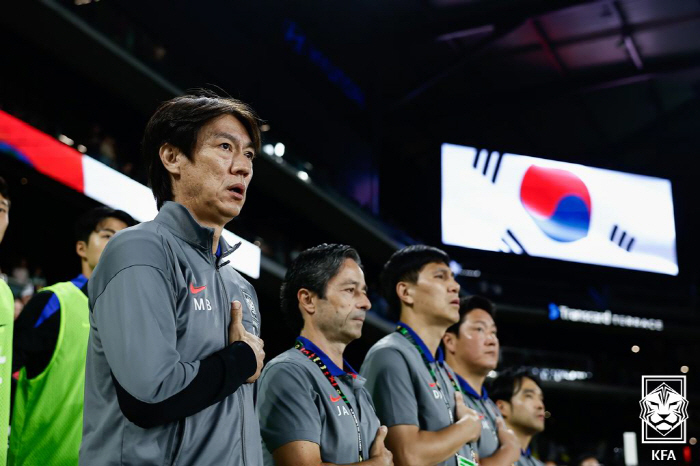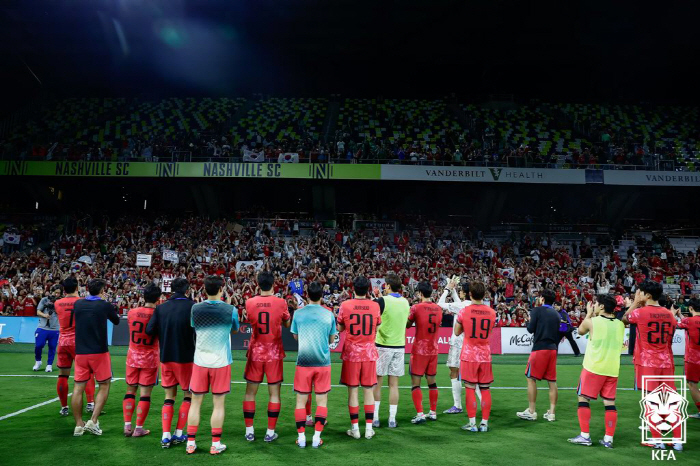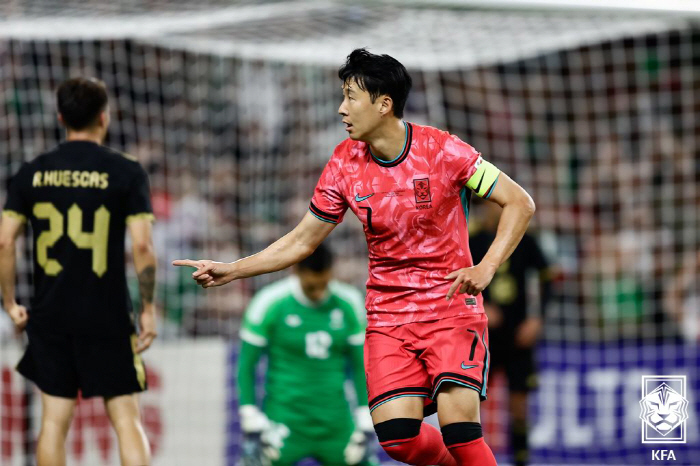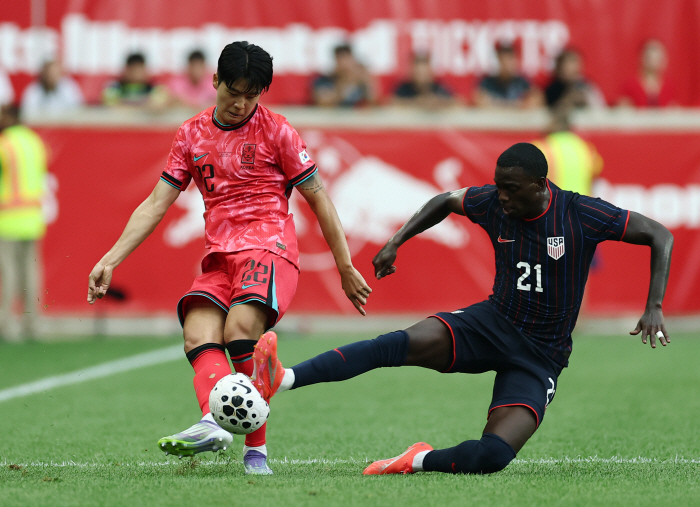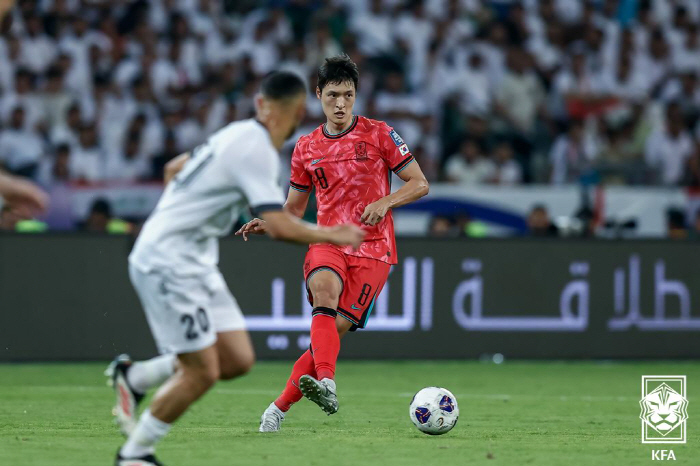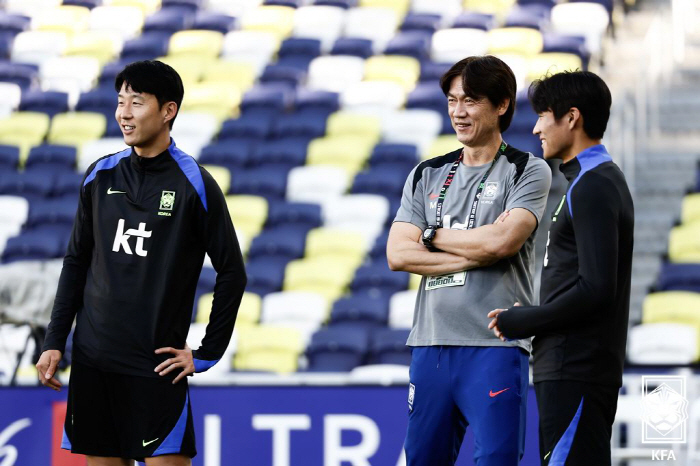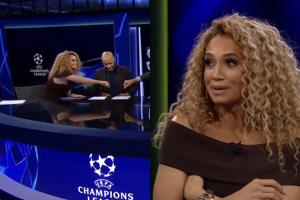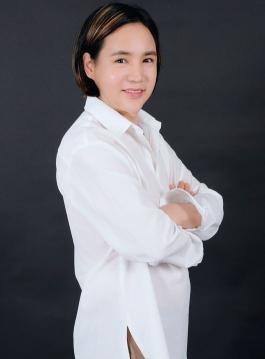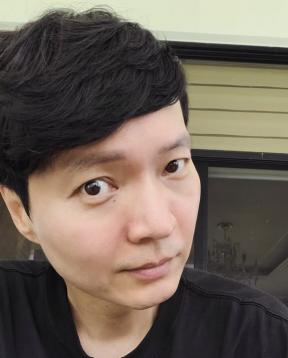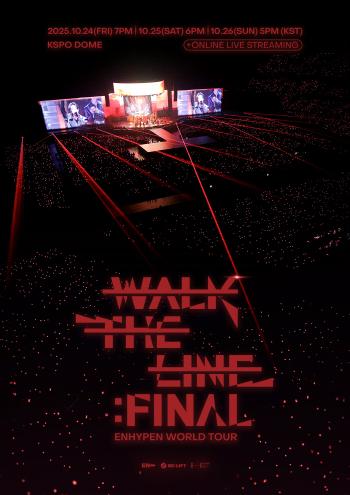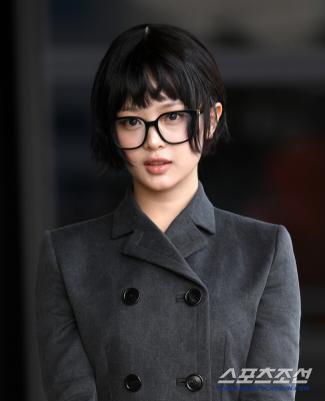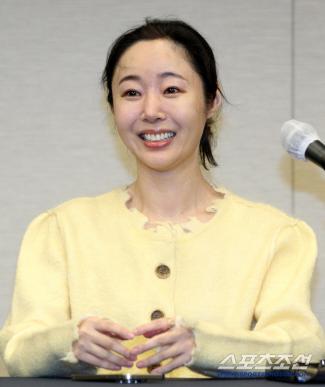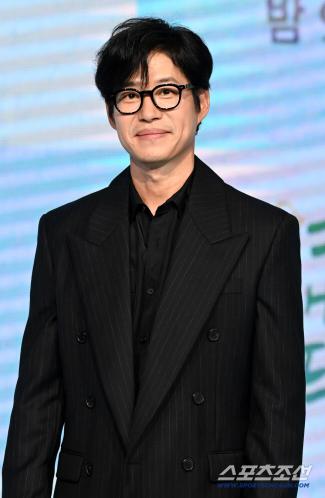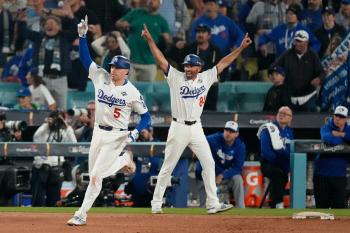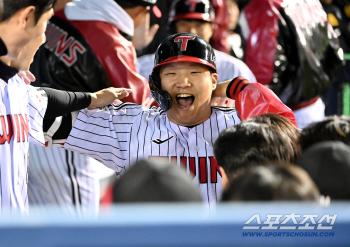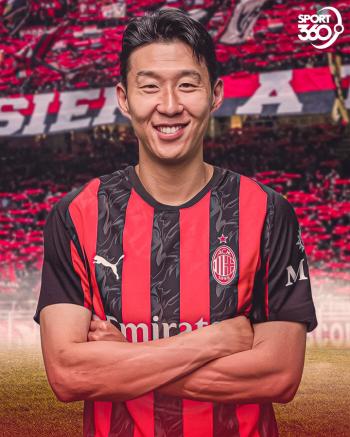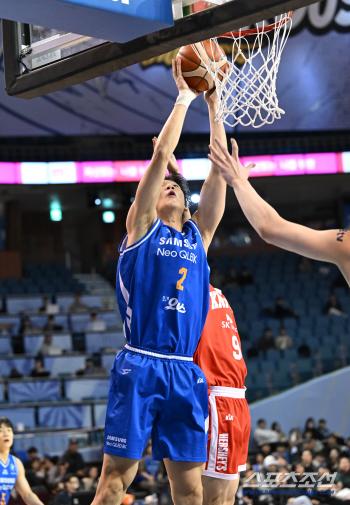Three-back card with passing points, wingback + Park Yong-woo dilemma to solve to go to Plan A
Sep 11, 2025
|
|
Coach Hong Myung-bo, who partially utilized the three-back in the second round (3-1 win) of the 2026 North-China World Cup against Oman in September last year and the 10th round (4-0 win) against Kuwait in June, started the three-back card in earnest from the East Asian Cup, which was set up mainly for domestic players in July. Although he failed to win the championship after losing to Japan, Hong expressed satisfaction with the tactic itself.
Coach Hong's choice in the A-match in September, when all European players joined and became a complete group, was again a three-back. Hong said early on, `We plan to test the three-back we used at the East Asian Cup focusing on European players.' 'Return Monster' Kim Min-jae (Bayern Munich) and Park Jin-seop (Jeonbuk), who can also digest center backs, showed their strong will for the three-back test by selecting as many as six center backs.
The results were satisfactory. Both North and Central America's two powerhouses, the U.S. (2-0 wins) and Mexico (2-2 draws), who are the host countries and are likely to meet in the finals, put forward three-backs and received passing points. The result was good, but the content was good, too. Unlike the last East Asian Cup, which operated a classic three-back that fixed three central defenders in the penalty box, Kim Min-jae's center back on the left and right was widely spread, and he was praised for his trendy three-back operation that boldly advanced them under pressure. Hong declined to comment, saying, `It's not right to call the three-back Plan A yet.' However, the fact that he played the same typical role as a different member in the two important matches is interpreted as an intention to find the optimal player composition in the three-back. In other words, it can be interpreted that the three-back has established an important place in Hong's head.
|
The center could have been troubled as Hwang In-beom (Feyenoord) fell out due to an injury, but he has found a central midfielder optimized for this screening called Jens Kastrov (Mönchengladbach) and found a solution. With Kastroff's strong activity, he can gain the upper hand in the number fight with defense, waist, and even offense. Kim Jin-kyu (Jeonbuk), who played in both the U.S. and Mexico matches, is also expanding his position. Kim Jin-gyu, who has both skill and mobility, showed excellent tactical digestibility, especially in pressure situations.
In order for this model to become a definite Plan A, two challenges must be solved. The first is the issue of wingback. As is well known, the key to the three-back is held by the wingback. Depending on what role the wingback plays, it can be aggressive or defensive. In particular, unlike 3-4-3 that maximizes the side by utilizing the left and right wings, 3-4-2-1 requires wingbacks to cover all sides as the attacking midfielder narrows inside. In theory, this model can enjoy a numerical advantage against a team that uses a four-back, as front-line strikers, two offensive midfielders, and even left and right wingbacks are involved in the attack.
|
The most regrettable thing about this away trip to the U.S. was the wingback. Basically, the position of the wingback was low enough to be close to the five-back, but the players' offensive mind was also disappointing. In the event of an attack, you have to run out quickly, but this part did not work well. As it was not supported from the side, most of South Korea's attacks were counterattacks following a straight forward pass from the center. The actual scoring scene also came from a quick counterattack due to the breathing of one or two people. Of course, Son Heung-min's goal scene against Mexico came from Kim Moon-hwan's (Daejeon) cross, but overall, the attack using the side did not go well. In fact, he made only one cross against the U.S.
Coach Hong also seems to be agonizing over the wingback issue. In addition to changing all the main wingbacks against the U.S. and Mexico, he also focused on the wingback position. Hong also tested the striker at the East Asian Cup, and again tested Jung Sang-bin (St. Louis) as a wingback. It wasn't that impressive. Lee Myung-jae (Daejeon), who returned after a long time, also looked more suitable for four-backs than three-backs. Lee Tae-seok (Austria Vienna) also expressed regret in defense. If the three-back is also operated in the October A match, there is a high possibility that there will be a change in this position.
|
But it's different in 3-4-2-1. First of all, as three center backs build up, there is no need for a midfielder to go down. This is because it is not numerically disadvantageous to respond to relative pressure. However, Park Yong-woo, who is accustomed to La Volpiana movements, continued to play down. If the left and right wingbacks fail to go up, as many as six people, including Park Yong-woo, will be at the back. One central midfielder deploys alone, and only three players in front of him have to attack. Whether it's your waist or your attack, you're bound to be in trouble in the number fight.
Unlike 4-2-3-1 (or 4-3-3), which has three central midfielders, mobility is essential in 3-4-2-1, as two central midfielders have to cover the waistline. The reason why the performance in the first half of the U.S. match was good was because Kim Jin-kyu, Baek Seung-ho (Birmingham) and the central duo made bold forward pressure with active movements, as well as winning several second balls. They removed the opponent's pressure with excellent technology and supplied good balls to the front several times.
However, Park Yong-woo is basically not an active player. Even if Castrov or Kim Jin-kyu advanced, they often stayed behind, reducing the pressure. There wasn't a lot of movement for the second ball. Despite playing full time as a defensive midfielder, there were only two attempts to compete on the ground itself. However, it didn't help much in defense. Park Yong-woo is not originally a good defensive player. Existence itself may be important for numerical advantage only in four backs, but it is different in three-back cards.
|
Reporter Park Chan-joon vanbasten@sportschosun.com
This article was translated by Naver AI translator.
